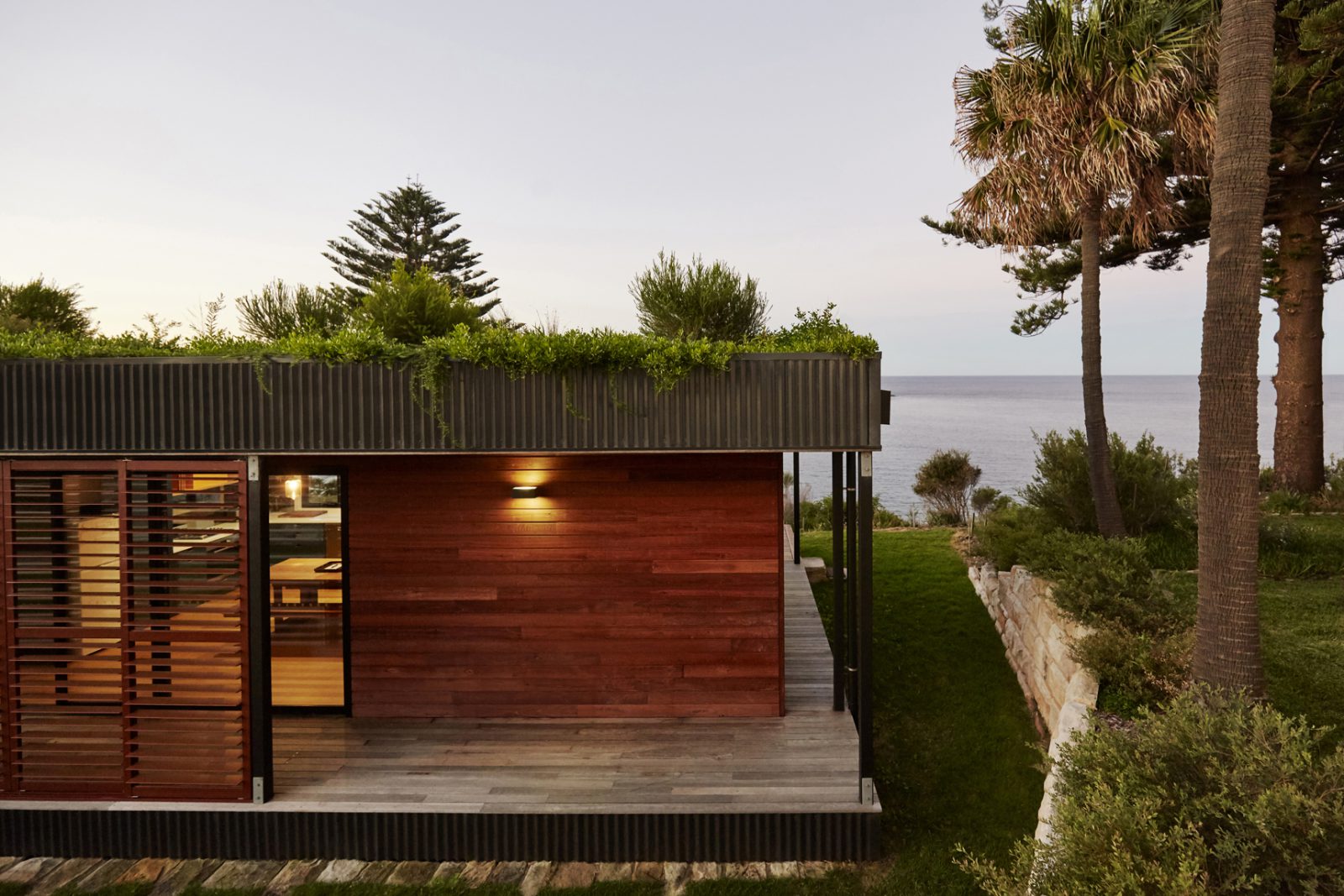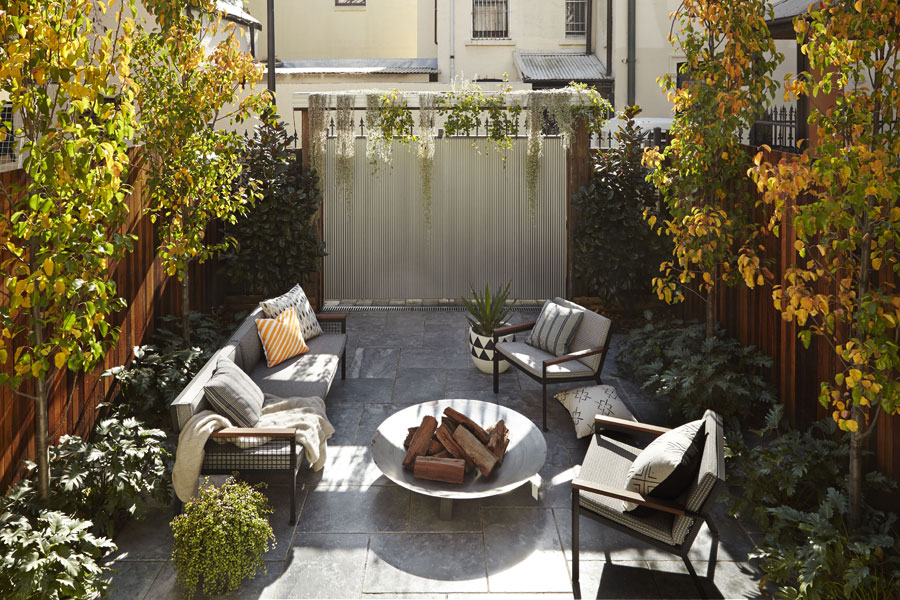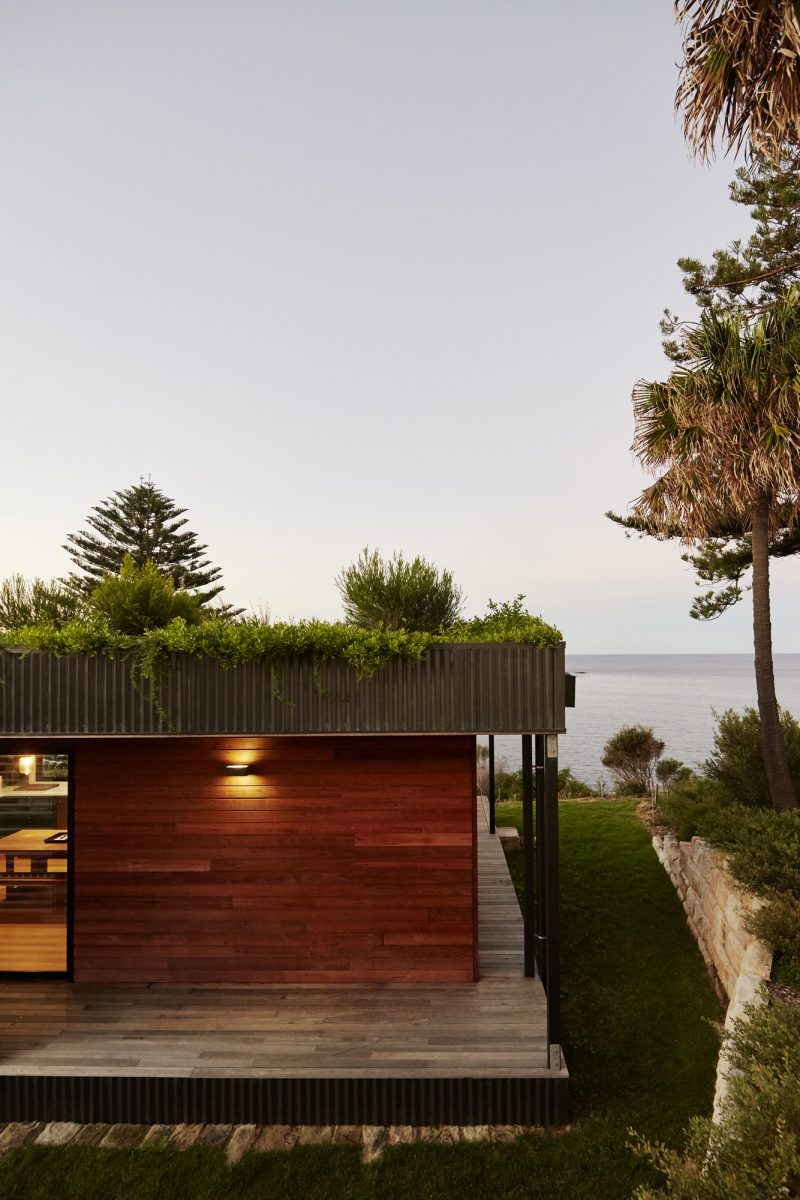02 November 2017
From small gardens, big things can grow - Feature by Australian Design Review
Ella Cole from Australian Design Review talks to Archiblox and Carolynn Brooks, The Small Garden, about how smart designs are letting nature take over. The results benefit the biodiversity of our cities just as much as the humans who reside in them.

Bordered by narrow streets and bluestone laneways, the inner city courtyard has long been a mainstay of metropolitan Australia. These often underutilised sanctuaries provide a small but necessary outdoor extension to our urban landscape. But take a walk around the inner suburbs of our cities and you’ll notice the humble courtyard no longer typifies the smallest of outdoor urban spaces.
“If every city dweller introduced more plants into their outdoor spaces, the positive impact on local biodiversity would be profound.” – Carolynn Brooks, The Small Garden
Multi-level apartment blocks pepper the skyline, ostensibly growing from the rubble of former single dwellings, shopfronts and industrial lots. Small balconies protrude from equally small apartments and it now seems that, whatever the size of the block, the dwelling covers most of its developable area. In fact, in 2015 a report by former City of Melbourne planner, Leanne Hodyl, revealed that high-rise apartments are being built in Melbourne at four times the maximum densities allowed in major cities like New York, Hong Kong and Tokyo.

ArchiBlox’s Christine McCorkell also sees small outdoor spaces as a way of enhancing our relationship with the natural environment. She says, “Utilising small urban outdoor spaces such as rooftops to create interactive zones not only helps reduce the urban heat island effect but also adds considerably to the energy savings of the building itself.”
The team at the Melbourne-based architecture practice consider sustainability in every facet of their work, and McCorkell says that creating and delivering sustainable spaces works best with a team devoted to reducing human impact on the environment. “Collaborating with like-minded people helps create not only beautiful and healthy buildings, but a sanctuary in the hustle and bustle of everyday life,” she says.
Situated on a sloping site, ArchiBlox’s Avalon Beach house project is a small footprint home that was outfitted with a number of green features, including a living roof that minimises rainwater run-off. “This not only adds more greenery to the surroundings, but also attracts birds, bees and animals,” McCorkell says. “Being visually connected to nature enables us to feel ‘at one’ with nature.” Read More about our: Sustainable Design Principles.

As McCorkell explains, green roofs increase acoustic performance among other benefits. “From a design perspective, providing a green roof enhances the thermal performance of the building while saving energy.” She says this helps the greater environment by providing improved air quality and reduced urban temperatures.
There’s no doubt our cities are now more dependent on high-density living, and the focus on small, low-maintenance spaces illustrates how Australian lifestyles are evolving. It’s more important than ever to incorporate sustainability and biodiversity objectives into even the smallest spaces.
Project Pictured: Avalon House